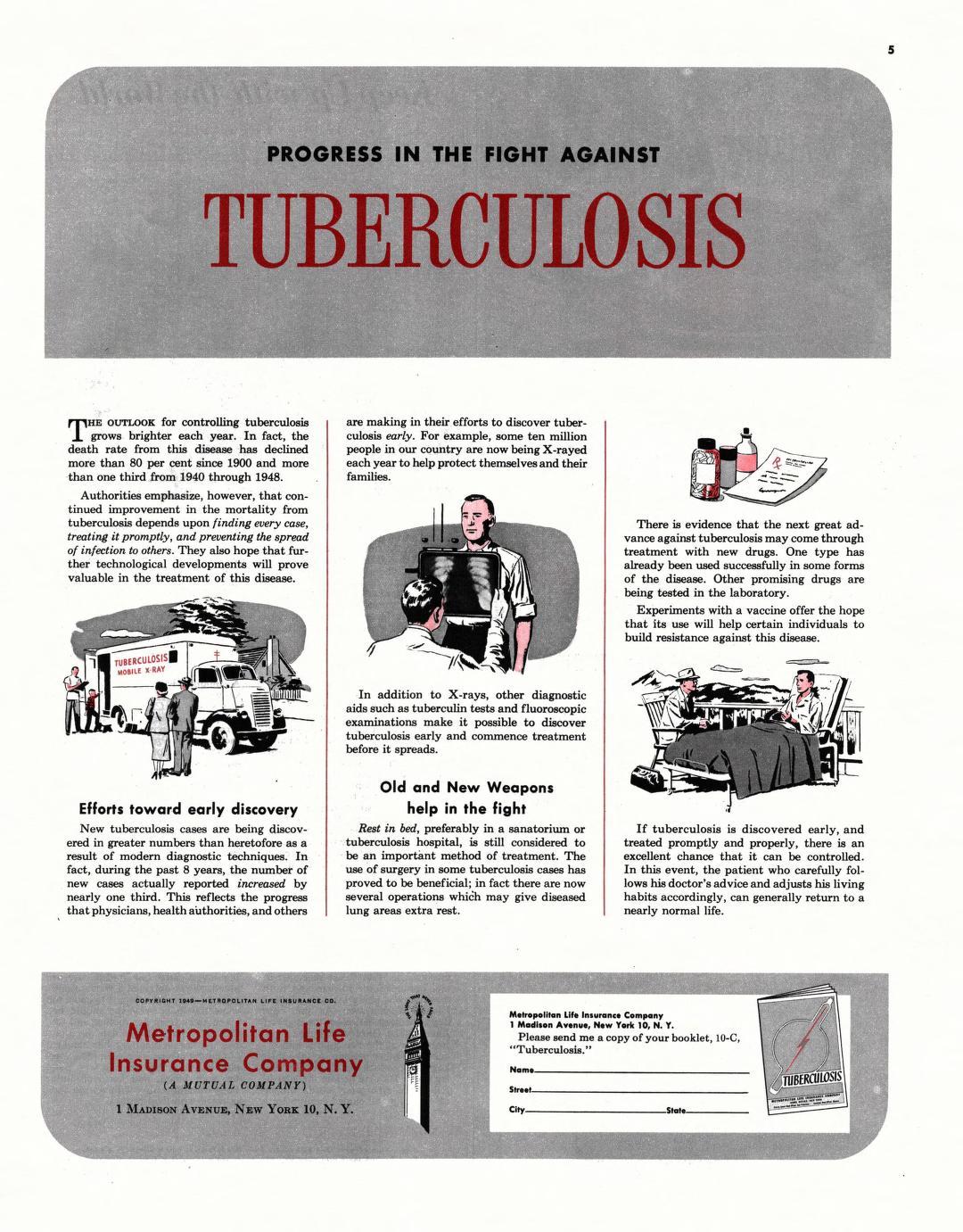In an era where advertising plays a pivotal role in shaping consumer decisions, the life insurance industry stands as a significant player, investing heavily in promotional strategies to attract potential policyholders. With promises of financial security and peace of mind, life insurance advertisements often depict a reassuring picture for individuals seeking to protect their loved ones. However, amidst the persuasive imagery and compelling narratives, questions arise about the accuracy and transparency of these marketing efforts. Are life insurance ads misleading consumers, or do they faithfully represent the benefits and limitations of the policies they promote? This article delves into the intricacies of life insurance advertising, examining the potential for consumer deception and the regulatory measures in place to ensure honesty and clarity in this critical financial sector. Through an unbiased exploration of industry practices and consumer experiences, we aim to illuminate the realities behind the alluring promises that populate life insurance advertisements.
Common Tactics Used in Life Insurance Advertisements
- Emotional Appeal: Life insurance advertisements often leverage emotional storytelling to connect with potential customers. By showcasing scenarios involving family protection, financial security, or personal loss, these ads aim to tug at the heartstrings, encouraging viewers to consider the emotional peace of mind that life insurance can offer.
- Testimonials and Success Stories: Many ads feature real-life testimonials or dramatized success stories to illustrate the benefits of having life insurance. These narratives often highlight how a policy has helped families in times of crisis, adding a layer of authenticity and relatability.
- Overemphasis on Low Costs: Advertisements frequently highlight the affordability of life insurance policies by emphasizing low monthly premiums. However, they might downplay or omit information about the potential limitations or exclusions of these low-cost options, such as restricted coverage or higher costs over time.
- Focus on Urgency: Creating a sense of urgency is a common tactic, with phrases like “limited time offer” or “act now” used to prompt immediate action. This approach can lead consumers to make hasty decisions without fully understanding the terms and conditions of the policy.

Analyzing the Impact of Misleading Claims on Consumer Trust
In the realm of life insurance advertisements, the allure of enticing promises often overshadows the fine print, potentially leading to consumer distrust. Misleading claims can manifest in various forms, from exaggerated benefits to downplayed limitations, ultimately skewing consumer perception. The impact of such claims is profound, as it not only affects purchasing decisions but also erodes confidence in the entire insurance industry. When consumers feel deceived, they may question the integrity of all financial services, leading to a ripple effect of skepticism and hesitation.
- Exaggerated Benefits: Ads often highlight potential high returns without adequately explaining the associated risks or conditions.
- Omitted Limitations: Key policy restrictions or exclusions may be minimized, leaving consumers unaware of the full scope of their coverage.
- Complex Terminology: The use of jargon can confuse consumers, making it difficult to fully understand the terms of their policies.
To mitigate these issues, transparency and clear communication are essential. Insurance companies must strive to present accurate information that empowers consumers to make informed decisions. As trust is the cornerstone of any financial relationship, maintaining honesty in advertising is crucial to preserving consumer confidence and fostering long-term loyalty.

Regulatory Oversight and Its Role in Ensuring Transparency
The landscape of life insurance advertising is closely monitored by regulatory bodies to ensure that consumers receive accurate and clear information. Regulatory oversight plays a crucial role in safeguarding transparency by setting stringent guidelines that insurers must follow. These guidelines are designed to prevent misleading claims and ensure that all promotional materials present the benefits and limitations of life insurance policies in an honest manner.
- Regulators require insurers to clearly disclose terms and conditions.
- Advertising content must accurately represent the policy coverage.
- Misleading or deceptive practices are subject to penalties.
By enforcing these standards, regulatory authorities aim to create a fair marketplace where consumers can make informed decisions. This oversight is not just about compliance; it is a commitment to upholding the trust between insurers and policyholders.

Guidelines for Consumers to Evaluate Life Insurance Offers
When navigating the plethora of life insurance offers, consumers must remain vigilant and informed. It’s crucial to scrutinize the fine print and understand the terms and conditions thoroughly. Often, advertisements highlight only the most attractive features, glossing over limitations or exclusions. To make a well-informed decision, consider the following:
- Assess the Coverage: Ensure the policy provides adequate coverage for your specific needs, such as income replacement or debt coverage.
- Compare Premiums: Look beyond the advertised rates. Understand how premiums may change over time and what factors might influence these changes.
- Examine the Insurer’s Reputation: Research the company’s financial stability and customer service reviews to gauge reliability.
- Clarify Policy Terms: Identify any clauses that might affect the payout, like waiting periods or specific conditions for claims.
By taking these steps, consumers can better evaluate life insurance offers, ensuring they select a policy that aligns with their long-term financial goals and personal circumstances.

